The literal translation of the Japanese word "kaiju" means "strange beast" so it naturally evolved into a term that also describes a genre of movies concerned with exactly that. The term "kaiju" has made its way into North America's entertainment lexicon thanks to the original big giant monster, Godzilla, possibly the most popular kaiju of all time. Despite his size, destructive power, and fearsome temper, he's got enough charisma to keep the franchise going into the present day.
Godzilla has shared the screen with other kaiju, and only the experts know about the smaller, more obscure details of Japan's most widely-recognized global ambassador. We're not talking about the creatures from the more recent Pacific Rim movies, although they do use that term and it is perfectly accurate. These are the monsters from the original Godzilla franchise that fought the titular character himself, and there's a lot you don't know about them. In fact, there are a few you may not know about at all.
10 The Mushroom Cloud Monster
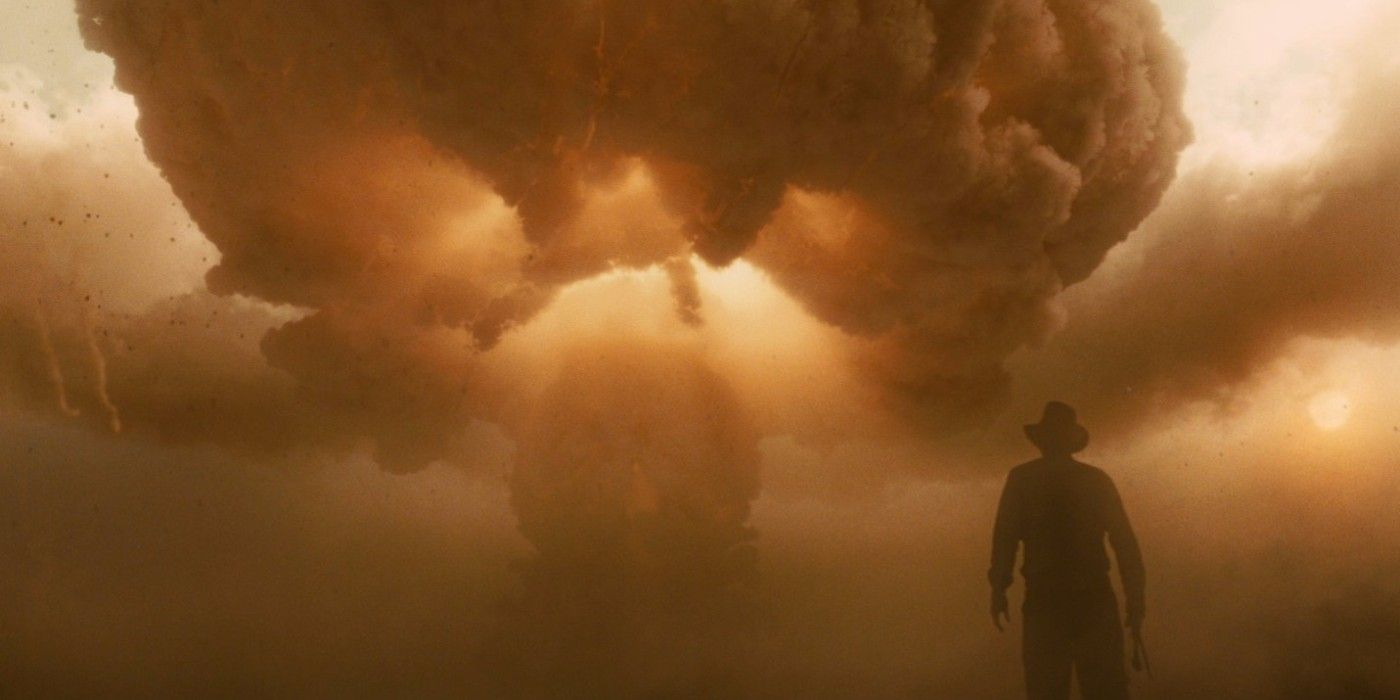
If it's not common knowledge among fans anyway, it's pretty obvious that the original designs for the kaiju, not only for Godzilla but all of his opponents and allies throughout the franchise, were inspired by the atomic bombings and the possibility of animal mutation. The idea goes further than that, however, and it didn't start with prehistoric critters or aliens. The original concept designs consisted of monsters that were not only humanoid but have a mushroom cloud in place of a head. It seems the folks at Toho and production designer Akira Watanabe came to the conclusion that was too on the nose and fell back on dinosaurs instead.
9 King Kong is a Kaiju
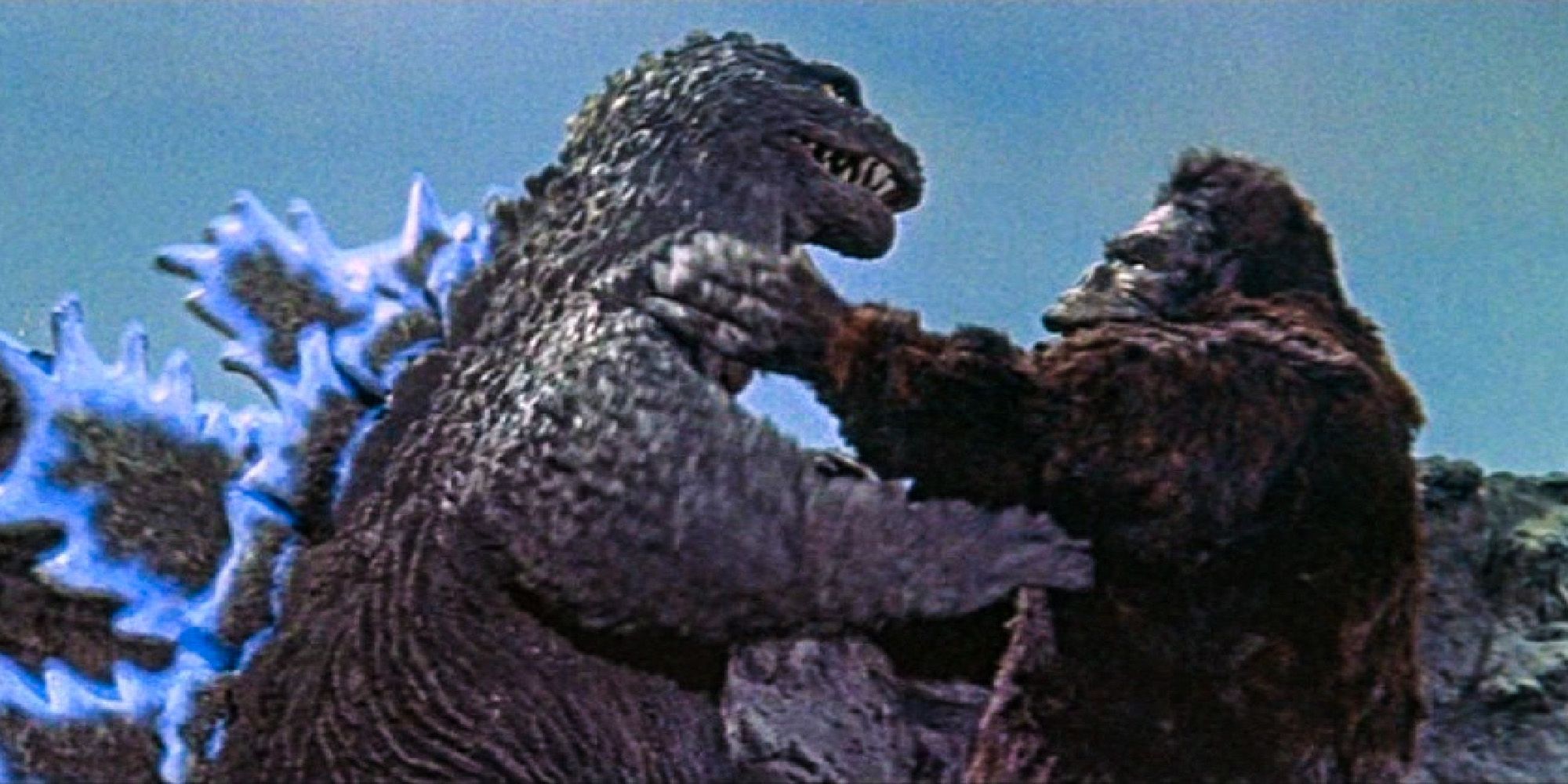
Not everyone would think of him as one, partly because modern depictions of kaiju are dominated by reptiles, insects, fish, and in the case of Biollante, a plant. It's also worthy to note that it takes more than being a giant animal to be a kaiju. These creatures are also forces of nature, like demi-gods or aspects, with supernatural powers, and in the entertainment world, they are metaphorical in nature. Godzilla, for example, is an obvious metaphor for the threat of nuclear disaster. King Kong prevailed when the two first came to grips in King Kong vs. Godzilla in 1962, but there's no telling what will happen in the upcoming 2021 remake, Godzilla vs. Kong.
8 The Legend of King Ghidorah
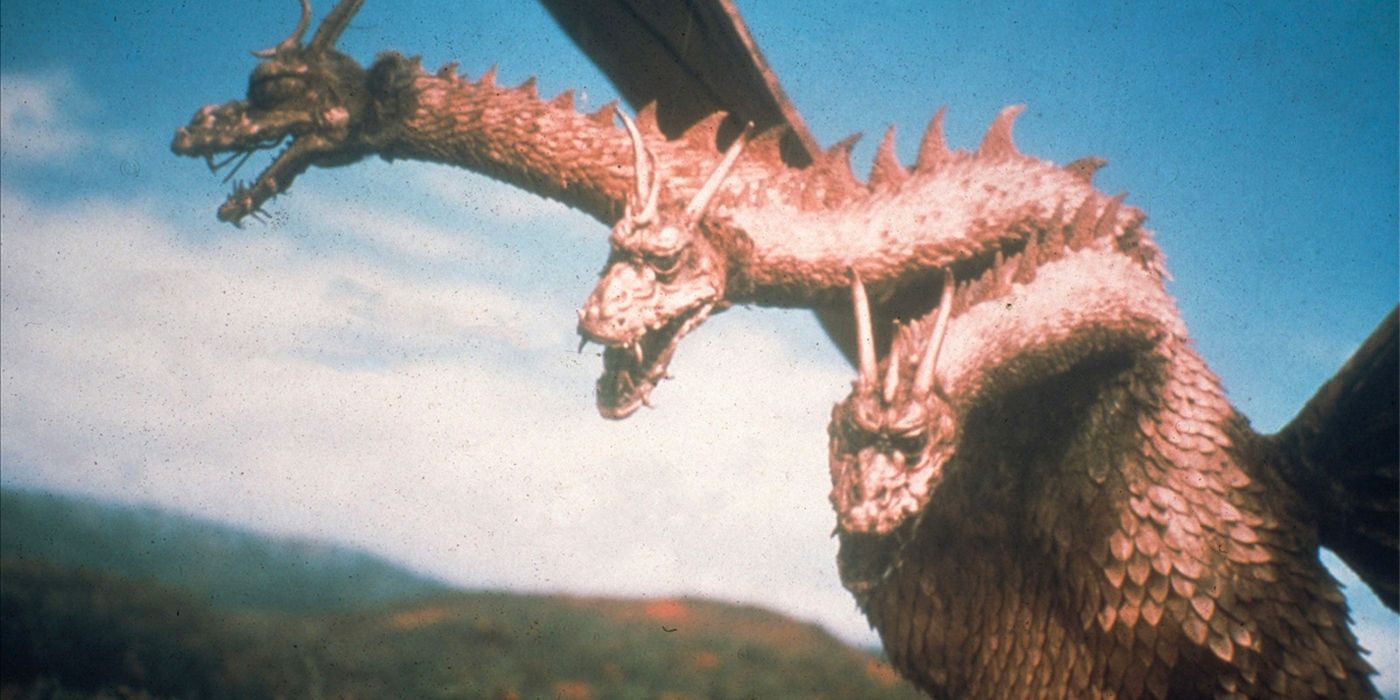
All of the designs for the kaiju were inspired by a mix of Japanese mythology and modern angst, and everyone's favorite villain, King Ghidorah, is not an exception. However, his roots are a mix of several different cultures, not just of the Japanese variety but also Greek and Roman myths.
The many-headed hydra reference is fairly obvious, but there's also a Japanese dragon called the Orochi that's known for having several tails and a number of heads. The designer of the monster, Tomoyuki Tanaka, loved the idea of a many-headed beast fighting Godzilla, but Ghidorah lost a few heads during the actual design because he thought seven or eight heads would be excessive. Either way, Godzilla's most fearsome opponent is still an interesting amalgamation of western and eastern mythology.
7 Mothra's Key Demographic
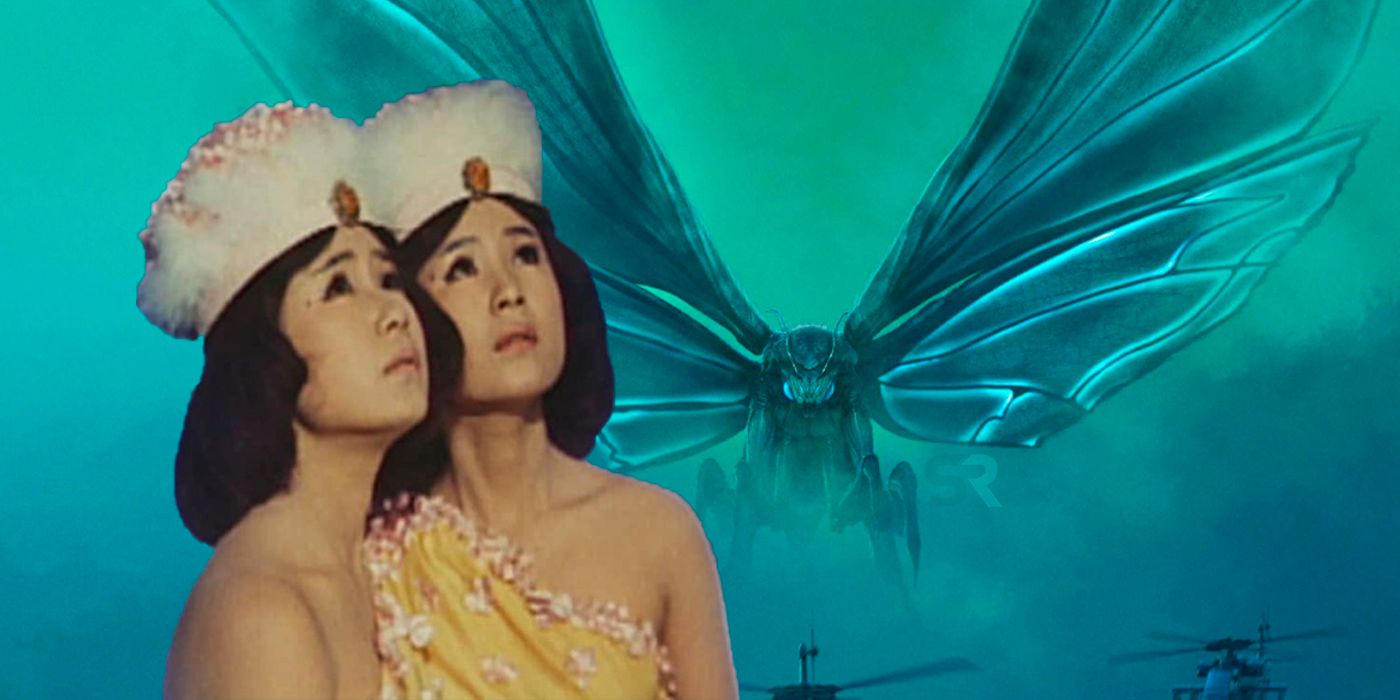
Considering the trends in modern live-action superhero movies, you might be under the mistaken impression that appealing to the female demographic is a new trend. On the contrary, according to 'A Critical History and Filmography of Toho's Godzilla Series' (David Kalat) the kaiju Mothra had a huge appeal for women, and their dedicated fandom led to the making of Godzilla vs. Mothra in 1992. That movie was so popular that it was the best-attended Toho film since the incredibly popular crossover King Kong vs. Godzilla in 1962. The character has appeared in her own movies as early as her debut in Mothra, a movie dating from 1961.
6 A Cryptic Name
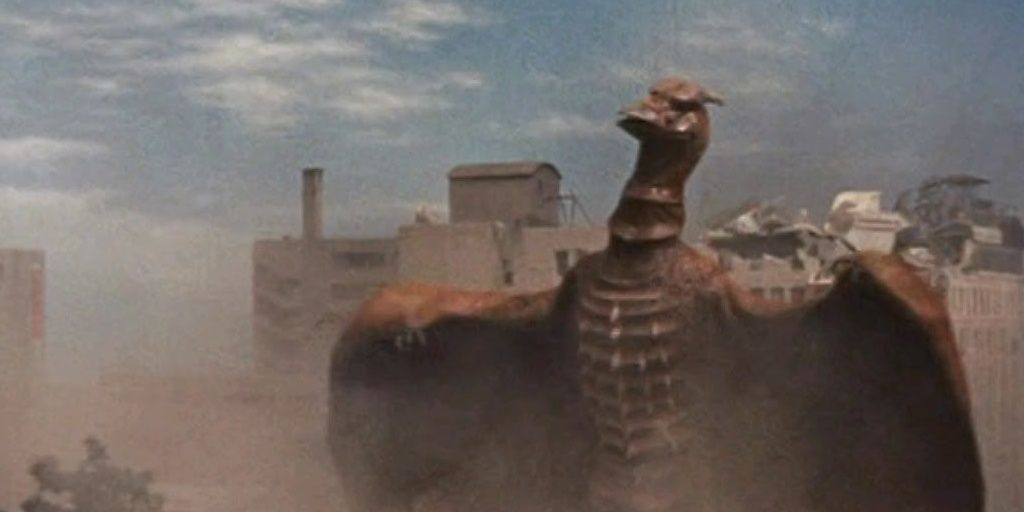
Rodan is one of the most recognizable Japanese monsters outside of the world of kaiju cinema. He was famous in his own right, starring in several of his own films before going head to head with Godzilla in Godzilla vs. Mechagodzilla II in 1993. The name of this character is a deliberate clue to what inspired the design, the Pteranodon genus of dinosaurs.
The original name, Radon, comes from a contraction of the dinosaur's name, but the Japanese spelling is Ladon, a dragon from Greek mythology, which gives the name a double meaning. Of course, there's always the localization factor. His name was altered in the original North American releases to Rodan in order to avoid confusion with the element of the same name. In modern movies, such as the aforementioned Godzilla vs Mechagodzilla II, he has the original name of Radon.
5 The Black Tortoise
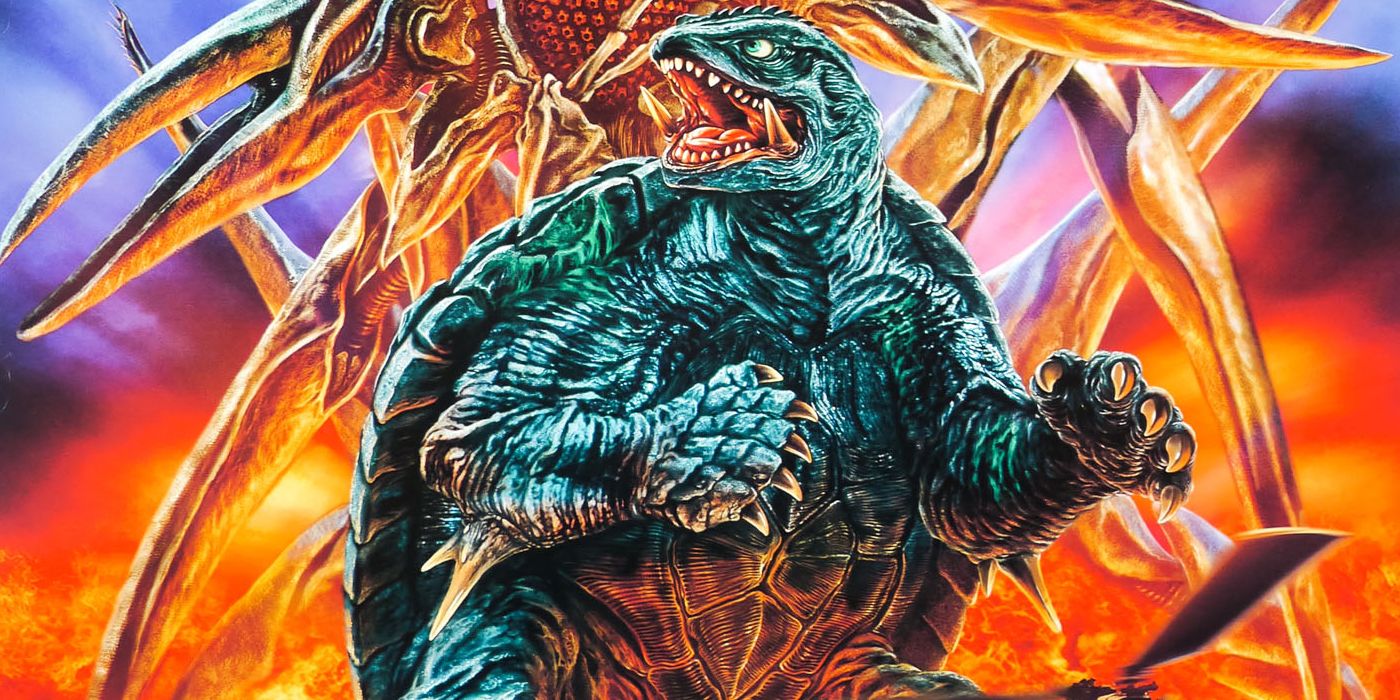
The background of one of the more benevolent kaiju of the franchise, Gamera, is also a reference to ancient mythology. Other interesting facts about this kaiju include his nicknames and titles, such as Guardian of the Universe and Friend to All Children, just in case anyone is still confused regarding his status as a good guy (at least for the most part).
The design of Gamera is based on the Black Tortoise, an image from Japanese mythology that represents the guardian of the north. When he is introduced in his first film, Gamera, the Giant Monster, not only is he in a mutated turtle, but he rises from the Arctic instead of coming out of the ocean or being of extraterrestrial origin.
4 The Moral of Hedorah
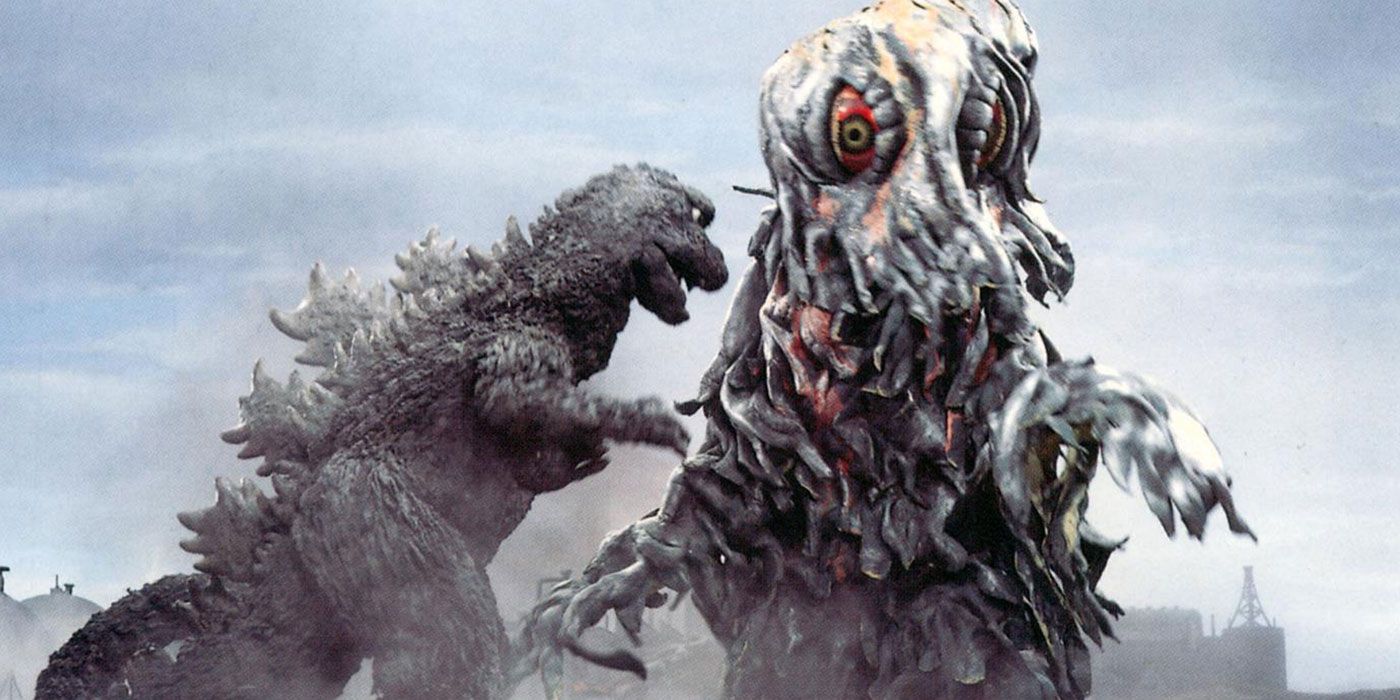
Kaiju aren't just big angry animals, but often symbolic in some way. Even though many of these fearsome kaiju fought Godzilla when their on-screen presence had been reduced to B-movie status, they still had a message to give to humanity. The rather blunt method of telling us about the perils of environmental degradation was Hedorah, also known as the Smog Monster.
He started as an extra-terrestrial being who was turned into a supernatural monster by consuming Earth's pollution. It was a global issue but it began with a specific reference. According to 'The Kaiju Film: A Critical Study of Cinema's Biggest Monsters', when the film Godzilla vs. Hedorah was released in 1971, Yokkaichi asthma was a widespread chronic condition in Japan, so much so that the chronic pulmonary disorder had been named after one of its cities.
3 "Killer of the Living"

A dramatic title for one of Godzilla's most fearsome opponents, Anguirus is one of the oldest kaiju in the franchise, the first to fight Godzilla himself in a movie. His first appearance was in the direct sequel to the first movie, Godzilla Raids Again, in 1955, and he has some special features that make him Godzilla's equal. He's so big he has five brains, one to control each of his vast limbs, enabling him to move quickly for a monster of his size. It can both jump and burrow long distances, but what's even more obscure is his favorite finishing move, in which throws himself backward and impales his opponent on the spikes sticking out of his back.
2 Mothra's Nickname
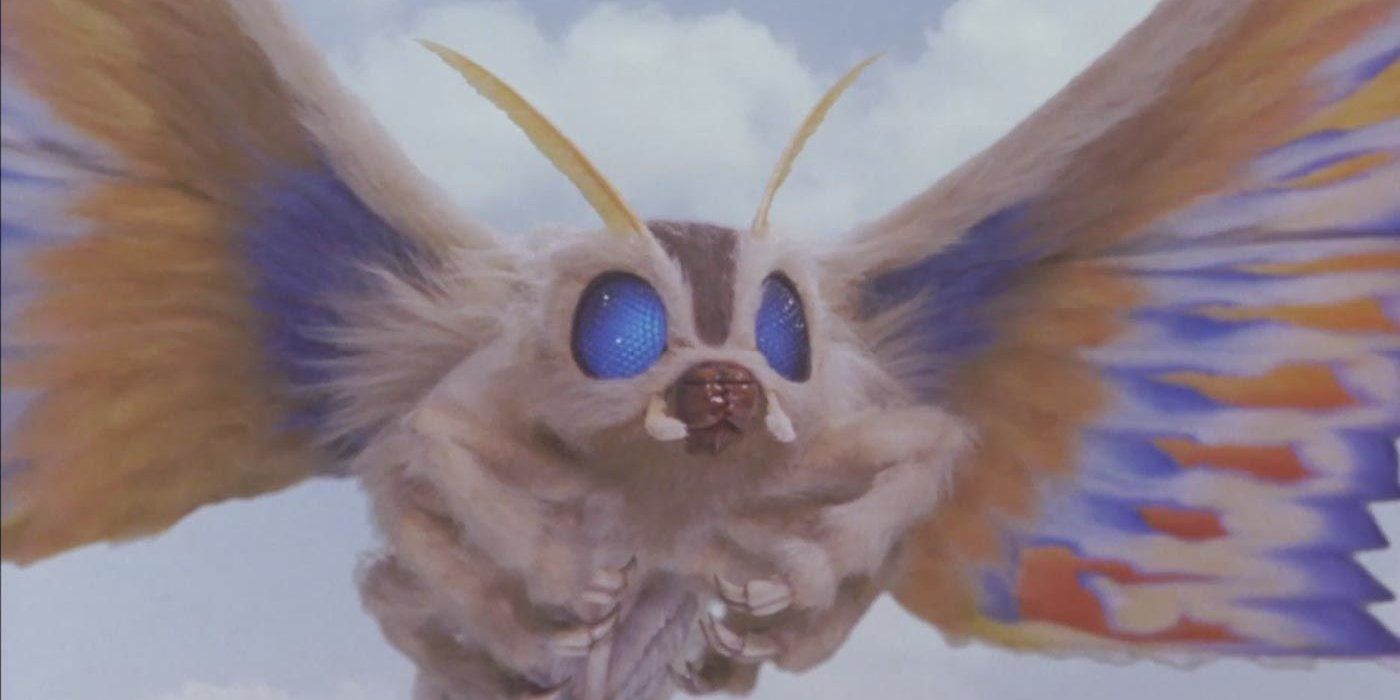
Mothra isn't the only kaiju with a nickname, with King Ghidorah and Anguirus also having a few other titles related to just how epic they are, but hers have a different significance. Queen of the Monsters is the most obvious, but there's some significance there as it denotes her as the most prominent female kaiju in the Godzilla franchise. She's also referred to as "The Thing" which makes no sense, so you know there was some kind of copyright or localization issue.
In this case, it's some of both. Mothra's copyright was already owned by another filmmaking company in North America, so even though her name was changed in the title to "The Thing" for distribution purposes (according to 'Japan's Favorite Mon-Star: The Unauthorized Biography of "The Big G"'), she stayed "Mothra" in the movie. The name stuck, and it's listed as one of her official titles.
1 The Kaiju Comics
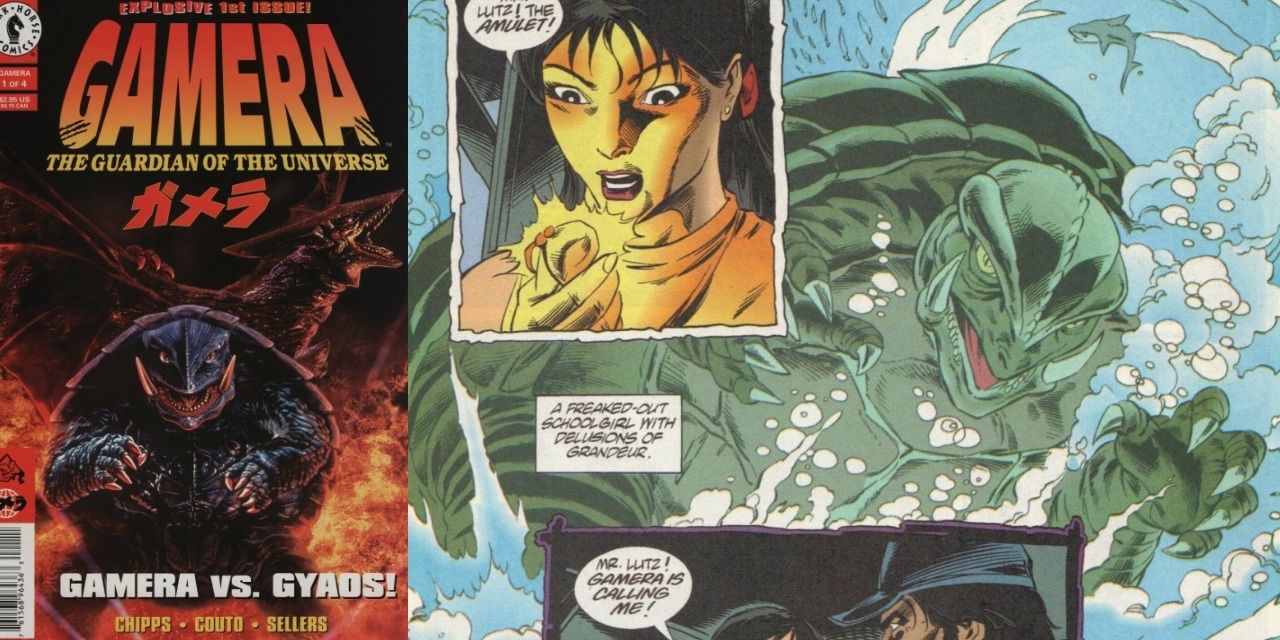
It's hardly a secret that the kaiju of the Godzilla universe are popular in other mediums, including novels, video games, and comic books. However, the line of Dark Horse comics that featured the adventures of Godzilla's most notorious and popular opponents seems to have fallen down the memory hole.
Gamera the Guardian of the Universe was a miniseries that featured many of the kaiju, not just the "Black Tortoise," and ran in a four-issue miniseries in 1996. Gamera specifically has appeared in the Dragon Ball manga series as a flying turtle that Master Roshi uses, or at least a smaller version of him.
from ScreenRant - Feed https://ift.tt/38YjOx7

No comments:
Post a Comment